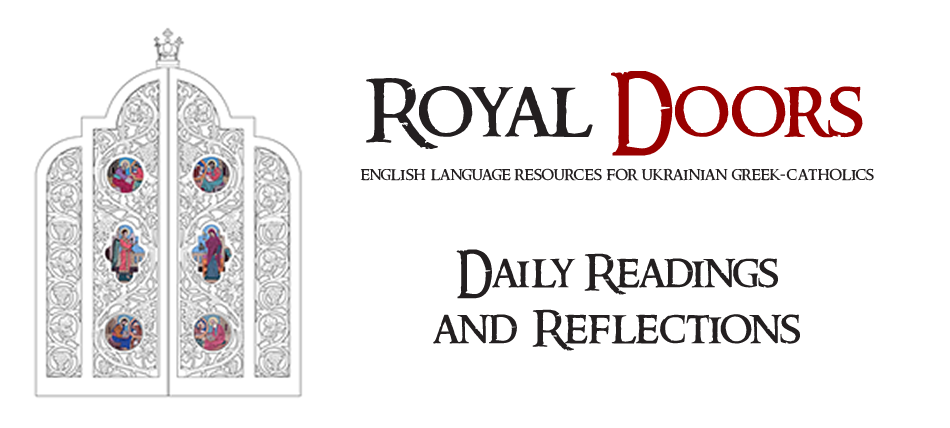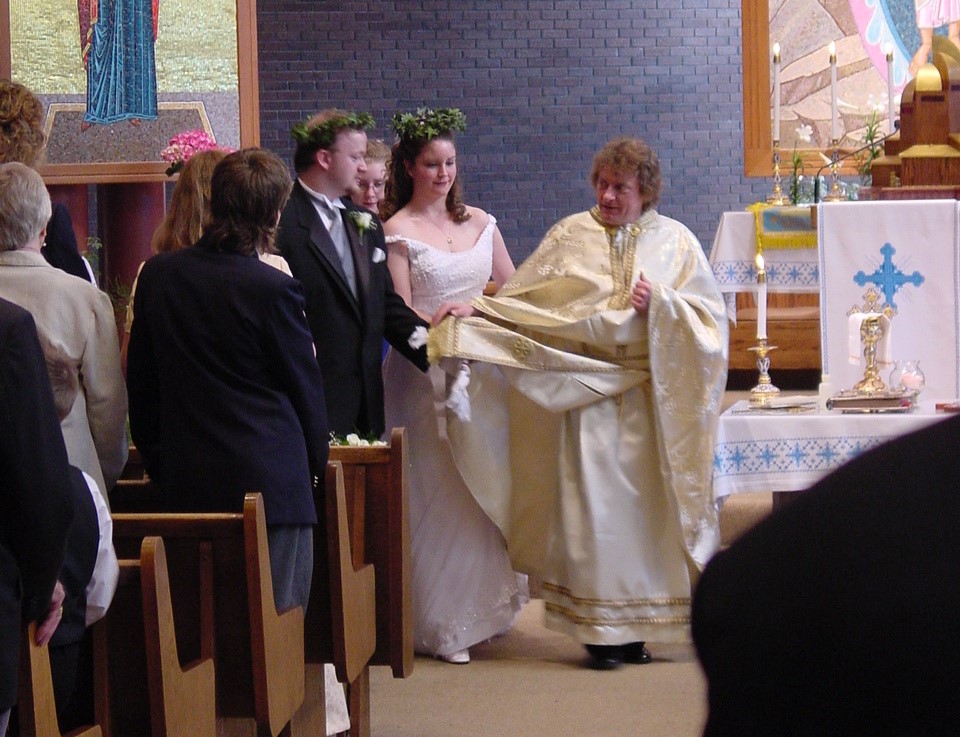by Brent Kostyniuk
Although the Catholic Church consists of 23 separate or sui iuris Churches, over 98 per cent of her members belong to the Latin, or Roman, Church. The remainder belong to the 22 Eastern Churches, which include Coptic, Maronite, and Ukrainian Catholics among others, Put another way, of the 1.2 billion Catholics worldwide, only 16 million are of the Eastern Catholic Churches. Inevitably, as in any family, conflicts do arise when dealing with each other. Recently, Pope Francis issued an Apostolic Letter intended to bring a little more harmony into this family.
The Apostolic Letter De Concordia Inter Codices – About Agreement Between Codes – issued motu proprio (on his own impulse) – amends certain canons of the Roman Catholic Church to eliminate conflicts between sacramental practices of the Latin Church and the Eastern Catholic Churches. The changes reflect the reality that increasing numbers of Eastern Catholics live in areas where the Latin Church predominates. This is especially true in western Europe where migration from former Soviet Bloc countries has largely not been accompanied by the establishment of Eastern Catholic parishes. The changes also reflect the close relationship between the Eastern Catholic Churches and their Orthodox counterparts. In all, eleven canons were modified.
Introducing his letter, Pope Francis explained the rationale for the changes. “Moved by Our constant solicitude for the concordance between the two Codes We became aware of some points not in perfect harmony between the rules of the Code of Canon Law and those of the Code of Canons of the Eastern Churches. The two codes have, on the one hand, common standards, and on the other, peculiarities, which make them mutually independent. It is however necessary that even in the particular rules there be a sufficient amount of correlation. In fact, these discrepancies could affect negatively on pastoral practice, especially in cases which pertain to the relationships of individuals belonging respectively to the Latin Church and to an Eastern Church.”
In essence. Pope Francis is setting out directives which will guide those in the West towards greater respect for certain aspects of Eastern practice. For example, in Eastern Churches the sacrament of marriage may only be conferred by a priest, while in the Latin Church a deacon may officiate. Thus, Canon 1108 now contains the following text. “Only a priest validly assists at marriages between Eastern parties or between one Latin party and one Eastern party whether Catholic or non-Catholic.” The challenge in making changes to the Codes has been to respect the traditions of the Latin majority, while protecting the rights of the Eastern minority. The new codes will help guide Latin priests in dealing with those Eastern Catholics. Cooperation between all Catholic communities is the goal.
According to Bishop Juan Ignacia Arrieta, Secretary of the Pontifical Council for Legislative Texts, the changes deal with situations which the Latin Code never envisioned, but which the Code of Canons of the Eastern Catholic Churches, published in 1990, did. Writing in the Vatican newspaper, L’Osservatore Romano, Bishop Arrieta explains the Eastern Code is more sensitive in dealing with matters of an ecumenical nature. This sensitivity may be seen as a natural outcome of existing in regions which have a large Orthodox presence. One such Eastern Canon is now included in that of the Latin Church. Canon 868 will from now on contain a third paragraph with the following text. “Infants of non-Catholic Christians are licitly baptized if their parents or at least one of them or the person who legitimately takes their place request it and if it is physically or morally impossible for them to approach their own minister.” This, of course, does not mean the child becomes Catholic. Rather, the parents receive a formal certificate and register their child’s baptism later at an Orthodox parish.
The new codes also aim to help preserve the Eastern Churches. If both parents are Eastern Catholics, even if the baby is baptized in a Latin parish, the baptismal registry must note that the child is an Eastern Catholic and specify the Church to which he or she belongs. As well, the practice, however prolonged, of receiving the sacraments according to the rite of another Church sui iuris does not entail enrolment in that Church
Finally, Latin priests have been extended a traditional Eastern privilege. Canon 1116 now includes the following. “In judging the case… the local ordinary can give to any Catholic priest the faculty of blessing the marriage of the Christian faithful of an Eastern Church which does not have full communion with the Catholic Church if [those faithful] voluntarily ask for this, as long as nothing stands in the way of a valid and licit celebration [of the marriage]. The same priest, always with necessary prudence, is to inform the competent authority of the non-Catholic Church, who are concerned, of the fact.”
Living in harmony, breathing through both lungs. Pope Francis has taken a significant step towards achieving both these goals.
This piece first appeared in The Prairie Messenger. Reprinted with permission.


